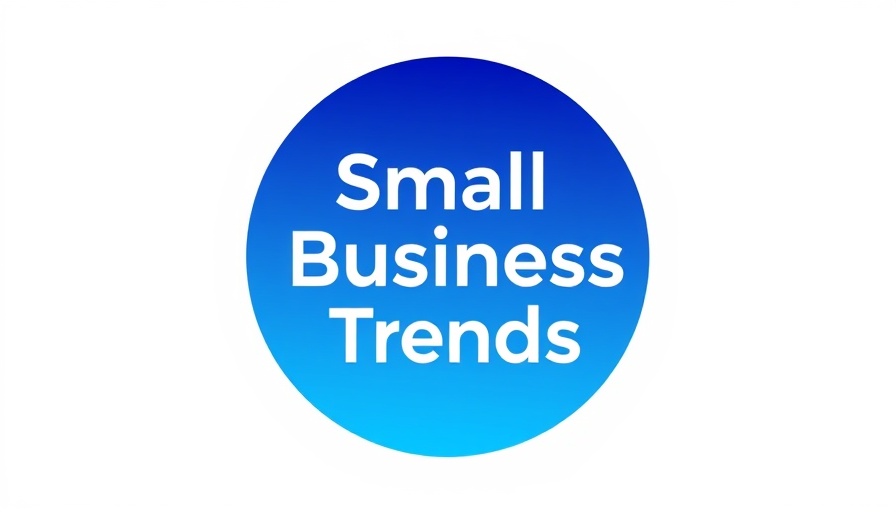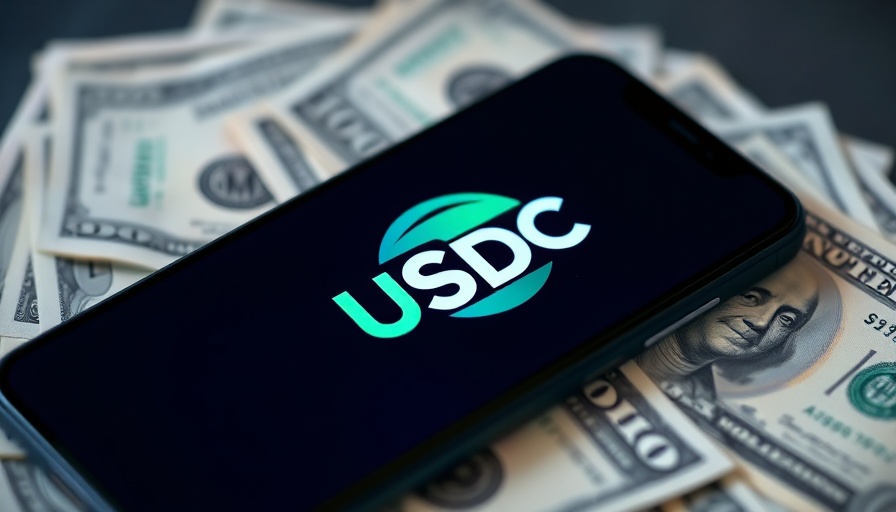
Why Amazon’s Generative AI Accelerator is a Game-Changer for Startups
Amazon Web Services (AWS) has opened applications for its third cohort of the Generative AI Accelerator, a program designed to elevate startups in the realm of generative AI technologies. Kicking off on October 13, 2025, at Amazon HQ in Seattle, this initiative promises significant opportunities for 40 small businesses to access the resources essential for scaling their operations.
Embracing the AI Revolution
The recent statement by Jon Jones, VP and Global Head of Startups at AWS, encapsulates the urgency of integrating generative AI into business operations. He stated, "We are now at a stage where virtually all startups will be applying generative AI to their business in one shape or form." This assertion highlights the accelerator’s mission: to empower innovators with the technology and mentorship required to thrive in an increasingly competitive landscape.
What to Expect from the Accelerator Program
This eight-week hybrid program offers myriad benefits to participating startups, including up to $1 million in AWS credits, technical support, mentorship, and go-to-market assistance. This comprehensive package positions the accelerator as a pivotal resource for budding entrepreneurs, particularly those aiming to develop large language models and infrastructure tools.
What sets this accelerator apart is its accessibility. Participants are not required to have previous experience with AWS, making it an inclusive opportunity for a wide array of startups. This is particularly significant as small business owners may often find themselves held back by the complexity of new technologies.
Global Collaboration and Inclusion
The hybrid nature of the program ensures flexibility, enabling diverse geographical participation from North America, Europe, Asia Pacific, and Latin America. This global outreach promises to foster collaboration among startups, driving innovation and varied perspectives that enrich the experience of all participants.
Success Stories From Past Participants
The impact of the accelerator is evident from testimonials of successful alumni. Simon Kohl, CEO of Latent Labs, praised the program for providing a unique blend of technical depth and commercial reach, which was crucial for accelerating both their platform capabilities and market adoption. Similarly, Tracy Chan, CEO of Splash Music, credited the accelerator as a "game-changer" for her company, highlighting the invaluable support in strategizing their go-to-market approach and enhancing team capabilities.
Understanding the Challenges
Despite its numerous benefits, it’s essential for interested startups to recognize that participation in the program is competitive. Companies must present viable products and demonstrate strong customer traction and technical expertise, which could pose challenges for smaller businesses that haven't yet established themselves in the market.
Moreover, while AWS credits and resources provide critical advantages, varying levels of technical proficiency among applicants could affect their ability to leverage these tools effectively. Those new to AWS may face a significant learning curve, but mentorship opportunities aim to mitigate this challenge.
Final Thoughts: Should You Apply?
For small business owners eager to carve out a niche in the evolving AI landscape, the AWS Generative AI Accelerator presents a compelling opportunity. By gaining access to funding, mentorship, and a network of innovative thinkers, startups can unlock their potential and scale their operations effectively. If your business is ready to embrace generative AI, this program may just be the launchpad you need.
Keep in mind, the application period runs from June 10 to July 10, with selected participants announced on September 24. Don’t miss out on this chance to transform your business through the power of AI!
 Add Row
Add Row  Add
Add 



Write A Comment